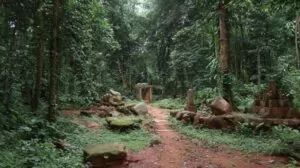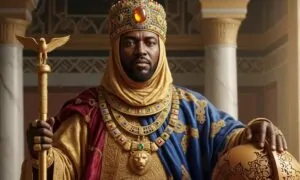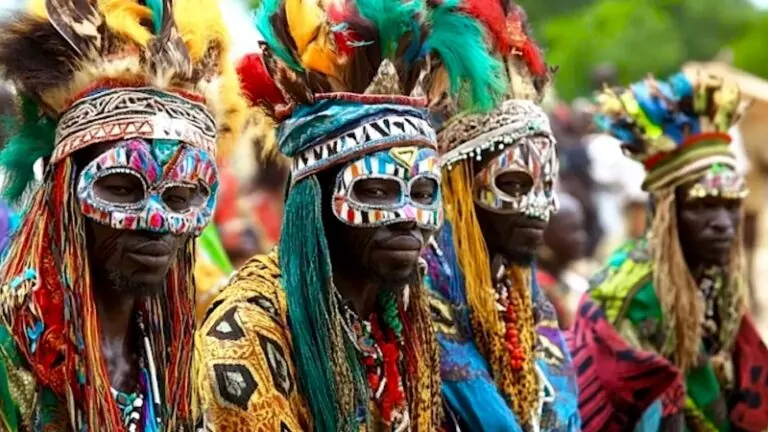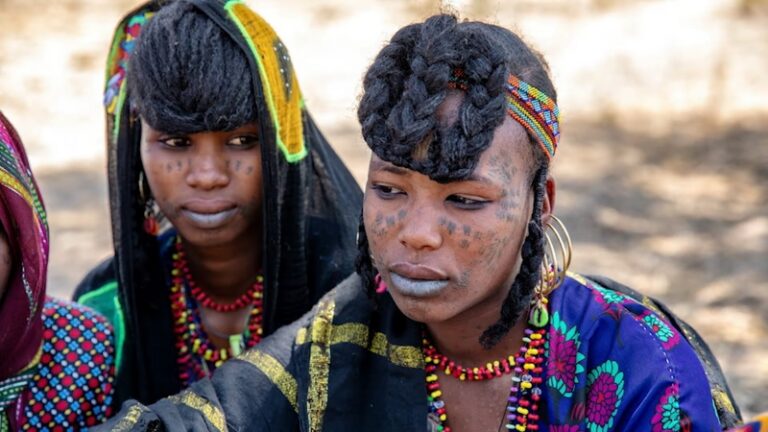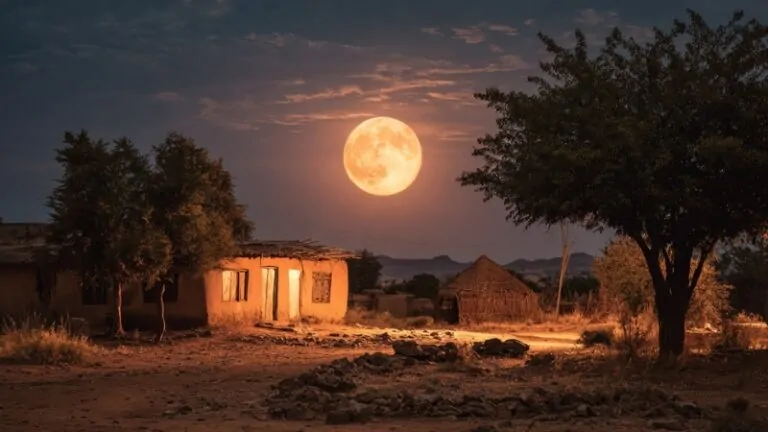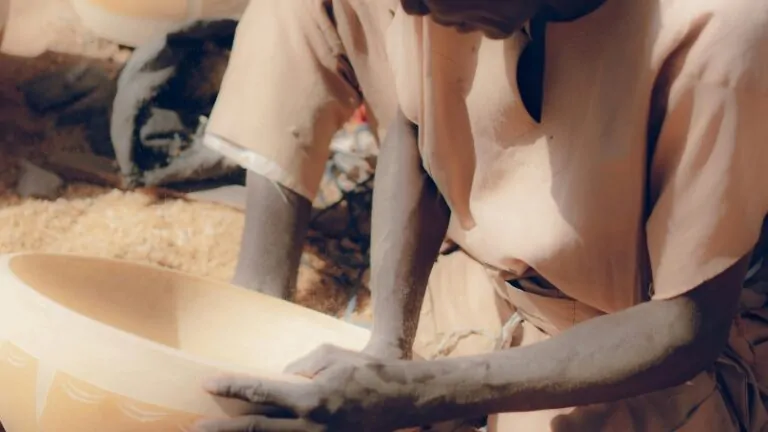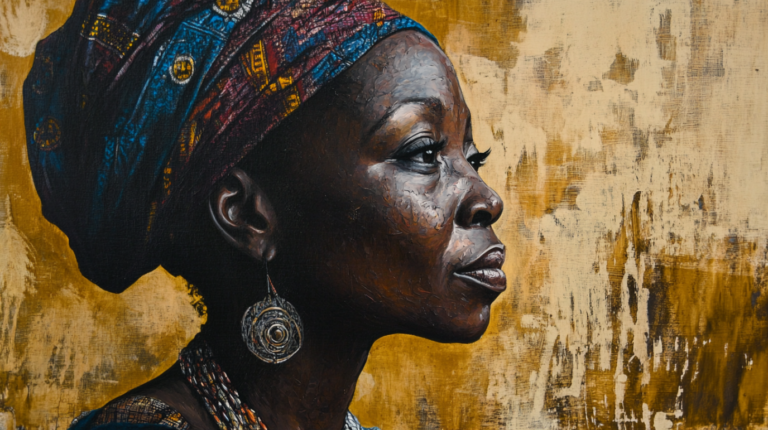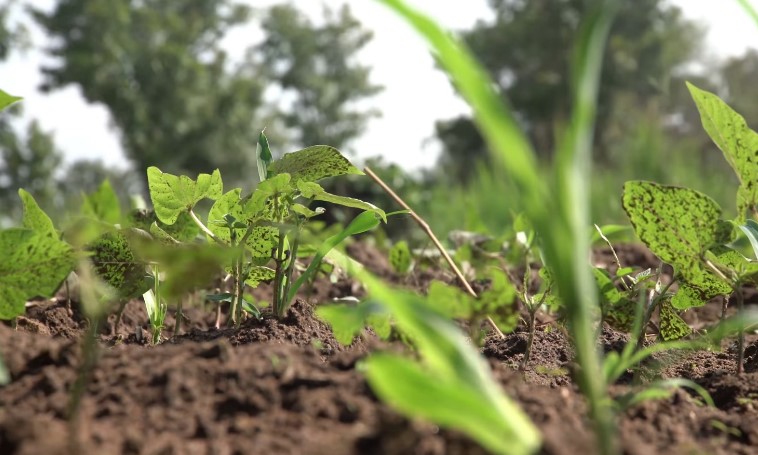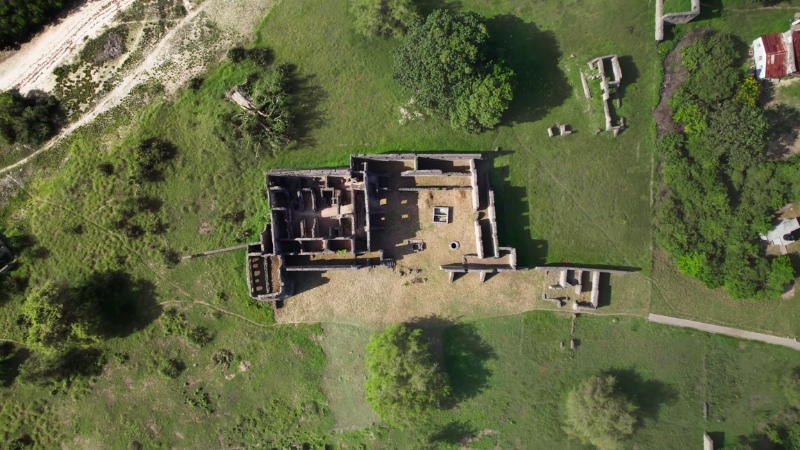
Ever had that quiet wonder – didn’t I know all the big African empires? Mali. Aksum. Kongo. But what if that’s just the opening paragraph of the story, not the whole book?
Table of Contents
ToggleToday, I want to share ten kingdoms you’ve likely never heard of but that deserve the spotlight. They shaped trade, belief systems, and politics, and then faded into the background.
First, a quick snapshot to orient us:
| Kingdom | Region | Approx. dates | What made it click | What you can still see today |
| Garamantes | Fezzan, central Sahara | c. 500 BCE – 600 CE | Oasis-engineering, trans-Saharan trade with Rome | Fortified hilltop sites, foggara irrigation traces, inscriptions |
| Makuria & Alodia (Nubia) | Nile valley (Sudan / southern Egypt) | c. 6th – 15th c. | Christian diplomacy, defense, written culture | Cathedral ruins, wall paintings, Old Dongola and Soba capitals |
| Mapungubwe | Limpopo-Shashe, South Africa | c. 900 – 1300 CE | Inland gold and ivory trade, elite rituals | Hilltop palace, Chinese porcelain shards, golden rhinoceros |
| Kilwa Kisiwani | Swahili Coast, Tanzania | peak c. 13th – 15th c. | Coral-stone port, minted coins, control of Sofala gold route | Great Mosque, Husuni Kubwa, city walls, fortifications |
| Loango | Congo-Gabon coast | c. 15th – late 18th c. | Ivory, copper, slave trade, layered governance | Coastal historic sites, regional museum collections |
| Luba | South-central Congo Basin | 16th – 19th c. | Sacred kingship, regalia, memory boards (lukasa) | Lukasa art in museums, remains of court centers |
| Wadai (Ouaddaï) | Eastern Chad, Sahel | 16th – early 20th c. | Cavalry, caravan taxes, resistance to French conquest | Palace ruins, archival chronicles |
| Mossi states | Burkina Faso plateau | c. 15th c. – 1896 | Stable cavalry courts, diplomacy, adaptation over time | Royal courts, ritual centers, living chieftaincy |
| Kaffa | SW Ethiopian highlands | 15th – 19th c. | Forest agriculture, regional markets, coffee culture | Historic towns Bonga, Anderaccha, mountain-forest landscapes |
| Mutapa (Mwene Matapa) | Zimbabwe-Mozambique plateau | 14th – 17th c. | Gold-field control, Sofala trade, negotiation with Portuguese | Hilltop ruins, Portuguese chronicles, museum trade objects |
Let’s walk through each one. I’ll note the where, the what, and the legacy, and try to give you a clear next step if curiosity strikes.
1. Garamantes
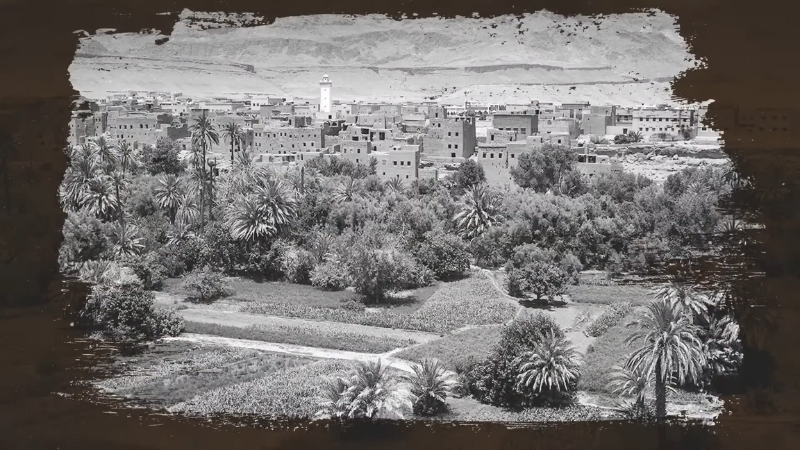
Take the Fezzan sands in today’s Libya. Before camel caravans criss-crossed north Africa, the Garamantes had built an oasis civilization using ingenious foggara – underground water channels tapping deep fossil aquifers.
Greco-Roman writers mention fast chariots and fortified towns, but the true genius was irrigation. Archaeologists have mapped the remains: hilltop fortresses, tombs, and remnants of irrigation systems.
They didn’t just survive Roman conquest (19 BCE, when Rome called the region Phazania) – they thrived before and after. Garamantian power made the Sahara traversable, moving gold, salt, slaves, and goods into Mediterranean markets centuries before Islamic trade routes.
For a westerner, those ruined fortresses and water channels still visible in Fezzan are proof that desert civilization wasn’t a myth plucked from Herodotus – it was real and resilient.
2. Christian Nubia
On the Nile, downstream from Egypt, rose Nubia’s twin Christian kingdoms – Makuria (capital Old Dongola) and Alodia (capital Soba, near modern Khartoum) – alive from the 6th to the 15th century.
These kingdoms maintained a delicate balance with their Islamic neighbor through trade and treaties. In places like Old Dongola, you’ll find frescoed churches, painted walls, and urban centers – Medieval Africa in color, not silence.
Christian Nubia lasted nearly a millennium, potent and locally grounded. The fall came after a long squeeze of internal changes and shifting trade routes around 1500.
Old Dongola is still making headlines archaeologically, and Soba keeps turning up new finds that keep rewriting the story of African Christianity.
3. Mapungubwe
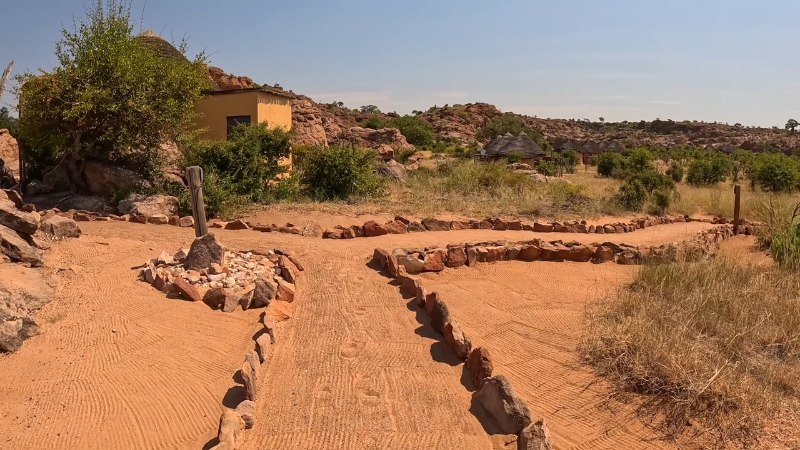
Where the Limpopo meets the Shashe, a sandstone hill once crowned an elite enclave. Mapungubwe (c. 900-1300 CE) controlled inland gold and ivory, shipping these to coastal ports, while importing luxury goods: Chinese porcelain, Persian glass, and even a golden rhino figure now iconic in South African archaeology.
As environmental pressures kicked in after 1300, Mapungubwe dissolved, paving the way for Great Zimbabwe and later Khami. Today, the Mapungubwe Cultural Landscape spans over 28,000 hectares with a massive buffer zone.
The site speaks to rituals, trade systems, and commerce that preceded Europeans by centuries.
4. Kilwa Kisiwani
Off Tanzania’s coast, Kilwa (and nearby Songo Mnara) bloomed between the 13th and 16th centuries. It controlled the gold route from Sofala, trading ivory and aromatics with Arabia, India, and China.
They minted their own copper coins from the 11th-14th century – think “minter” turned “merchant” – and built grand coral-stone architecture: the Great Mosque, Husuni Kubwa palace, and walls.
It’s Swahili civilization in three-dimensional form. Conservation has taken Kilwa on and off UNESCO’s danger list; laser scanning now protects coral stone from erosion.
If you walk there, ruins still whisper of trade networks that shaped the Indian Ocean world from Africa’s side, not just as a receiver.
5. Loango
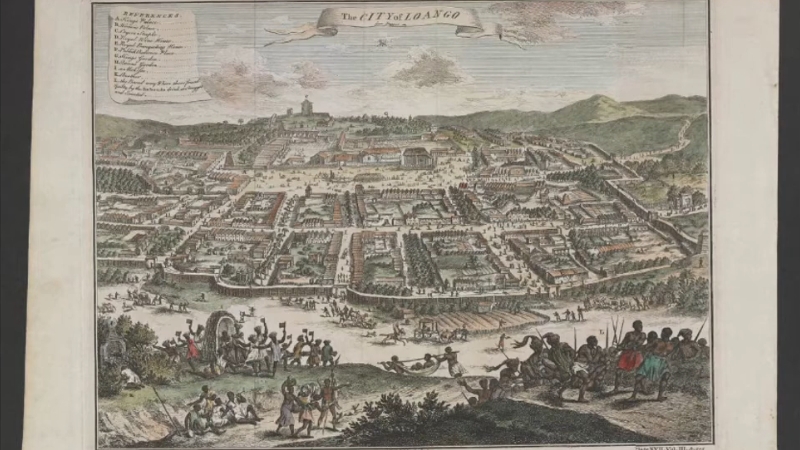
Moving west along the coast of today’s Republic of the Congo and parts of Gabon, you reach Loango. Founded in the late 15th century by the Vili people, it controlled rivers reaching inland to Malebo Pool, exporting ivory, copper, and enslaved people.
What stands out: it wasn’t a chaotic rule. Princes took turns governing provinces while other officials held lifelong roles. Over 300 years, Loango connected forested interiors to the Atlantic trade.
Though colonial intrusion eventually weakened the crown, the kingdom shaped how Central African commodities flowed to the coast.
Museums in the region house Loango artifacts; the political memory of the Vili is still alive in local communities.
6. Luba
@loveafrica_African #history before colonization: The Luba Kingdom was a prominent #africankingdom that emerged between 1585 and 1889, situated in the southern region of the Democratic Republic of Congo. #africanhistory #africanhistoryforgotten #historytok #historytiktok♬ original sound – Hatshepsut – Love Africa
South-central Congo Basin, from the 16th century, saw Luba polities evolve. They governed not through vast walls but magnetic ritual and alliance: sacred kings, regalia, councils, and those intriguing memory boards – the lukasa.
These tactile objects encode stories, dynasties, maps, and paths. Luba and their Lunda neighbors didn’t need stone architecture to govern large territories.
Their art and memory systems carried political and spiritual power, too. Lukasa boards now sit in museums worldwide; archaeological research into court center sites continues to tie those objects to living histories and landscapes.
7. Wadai (Ouaddaï)
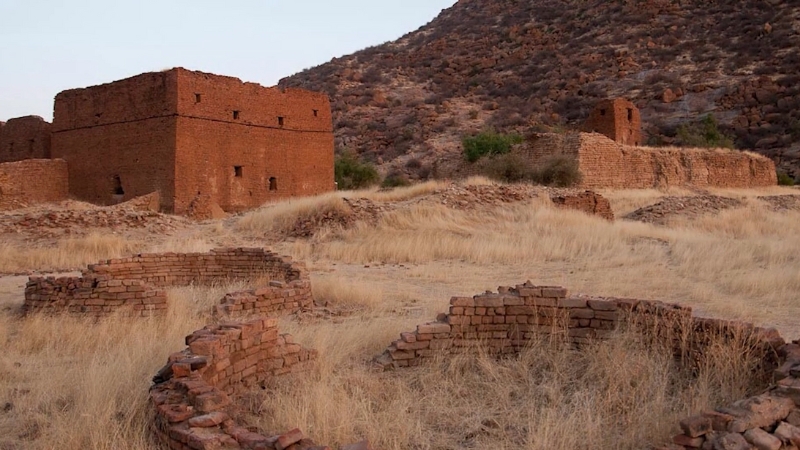
Bordering Lake Chad, the Wadai Sultanate (16th – early 20th c.) was a cavalry power controlling caravan routes to Darfur and the Nile. It taxed trade and guarded its identity long after colonial powers arrived.
Then, the French conquest broke the sultanate, and famine from 1913-1914 devastated the population – Britannica notes a drop from over two million in the 1870s to around 300,000 by 1917. What lingers: palace ruins, regional chronicles, and local archives that still speak of Wadai’s identity and law.
Its late resistance is woven into modern national memory.
8. Mossi States
Now, across to West Africa: Burkina Faso’s plateau. From around the 15th century to French colonization in 1896, the Mossi built cavalry-based courts that outlasted many foes.
They held diplomatic ties with Songhai, Mali’s successors, and Islamic neighbors: adaptation over brute conquest. Though colonization ended their official sovereignty, their institutions didn’t vanish.
Royal courts and rituals persist today. You can still find ritual centers and chieftaincy systems in Ouagadougou, Yatenga, and beyond – they’re living legacies, not museum pieces.
9. Kaffa
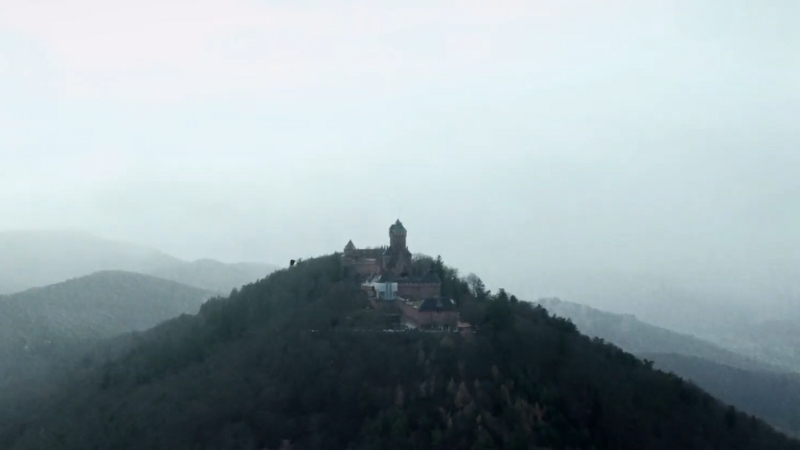
In Ethiopia’s southwest highlands, the Kaffa kingdom (15th-19th c.) thrived in shadowy forests and on rugged slopes. Sidamo roots, forest agriculture, and regional trade long before the common coffee culture everywhere.
Ethiopian expansion and Oromo migrations eventually absorbed the kingdom by the late 19th century, but towns like Bonga and Anderaccha still bear the memory of Kaffa in their marketplaces, traditions, and terrain.
A reminder: Ethiopia wasn’t just the highland empire. Highland forest polities shaped the region long before integration.
10. Mutapa (Mwene Matapa)
Finally, on the plateau bordering Zimbabwe and Mozambique, the kingdom of Mutapa rose in the 14th century, after Mapungubwe and Great Zimbabwe.
It became a gold powerhouse, controlling mines and the Sofala route. Portuguese contacts began in the late 15th century, but Mutapa stayed distinct; its kings negotiated trade rather than giving in quickly.
Archaeology shows hilltop ruins tied to the Zimbabwean tradition. Portuguese records and artifacts in museums provide another window into Mutapa’s layered history.
Reading “Lost” on a Living Continent
Let’s pause. Calling these kingdoms “lost” feels off. In many places, nobody lost them. Language, rituals, place-names, institutions – they carry over centuries.
What’s changed is visibility. Early national histories (and even colonial ones) focused on big names or European priorities. Only recently have archaeologists, heritage projects, and museum scholars widened the frame.
If you’d like to research or visit, UNESCO has a few of these sites listed or tentatively proposed. Kilwa’s had its conservation crises.
Mapungubwe’s massive protected zones show how landscapes matter, not just buildings.
Some Tips If You Want to Go Deeper
- Pair readings with site info. A short historical summary plus the official World Heritage listing gives both legacy and current conservation status.
- Museum essays help. For instance, the Metropolitan Museum has curator-written essays on Nubia and Swahili coast histories – bulletproof context with reading lists.
- Regional scholarship is key. Many of the freshest discoveries from Old Dongola, Kilwa, and Mapungubwe come from African heritage institutes, archaeological teams, or university projects. Their annual reports and project pages are gold (pun intended).
Final Thoughts
I’ve walked you through ten kingdoms: Garamantes, Makuria & Alodia, Mapungubwe, Kilwa, Loango, Luba, Wadai, Mossi, Kaffa, and Mutapa.
Each is different in geography, in years, in systems, but each mattered in trade, belief, politics, identity. And each leaves traces, material or intangible, to remind us they weren’t background noise.
Maybe next time someone says “ancient African kingdoms,” you’ll smile and think: hold up, do you mean Mali, sure, but also Garamantes in the desert, Luba in the forest, Mossi on the plateau? There’s always another story beneath the headline.
Related Posts:
- Top 10 Beach Destinations In Africa You Probably…
- 10 Interesting Facts About Ghana You Probably Didn’t Know
- Why African Women’s Skin Ages So Well - And What You…
- 15 Traditional African Food Dishes You Need to Try
- Traditional West African Musical Instruments You Should Know
- 25 Fascinating Facts About the Yoruba Tribe You Didn’t Know



